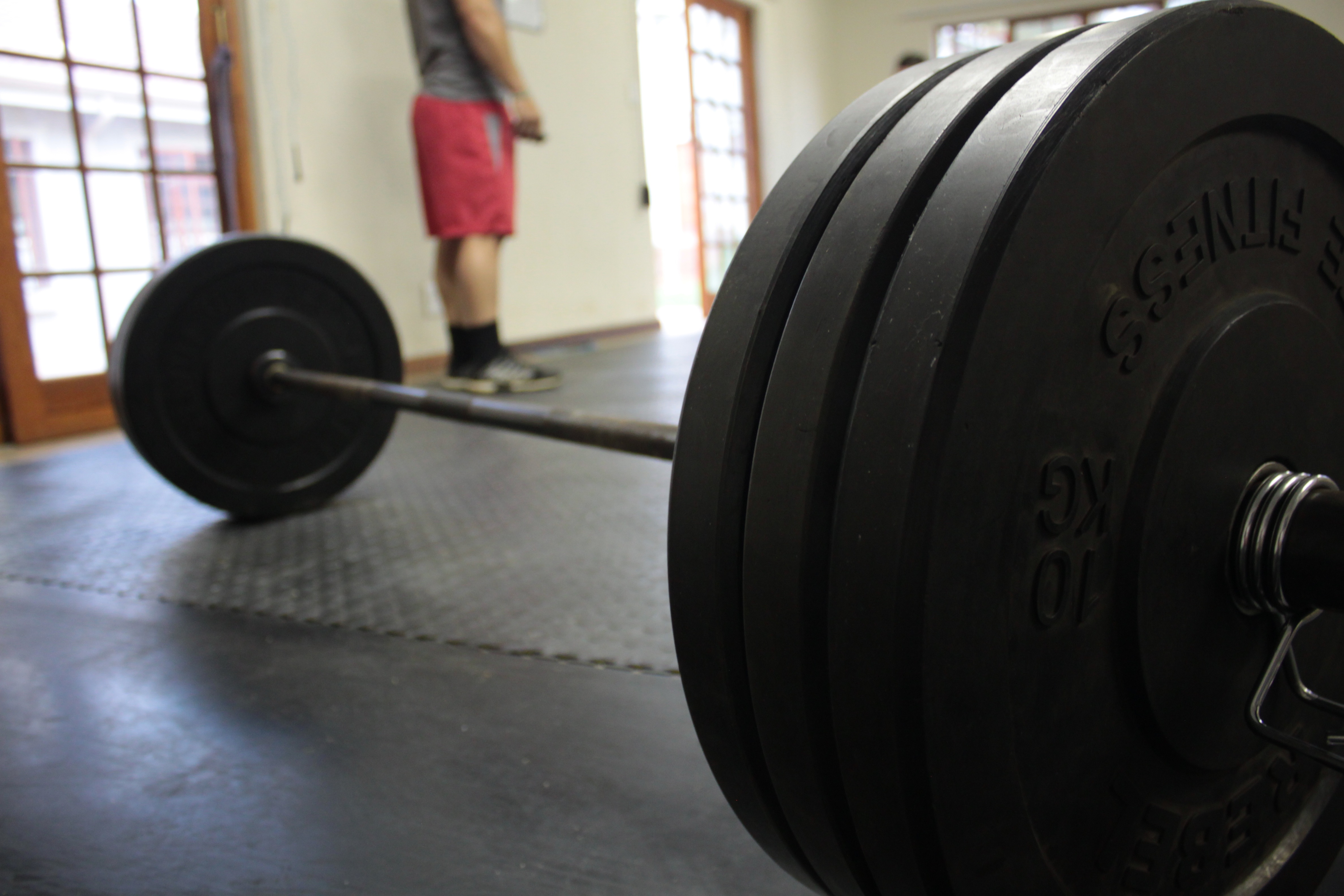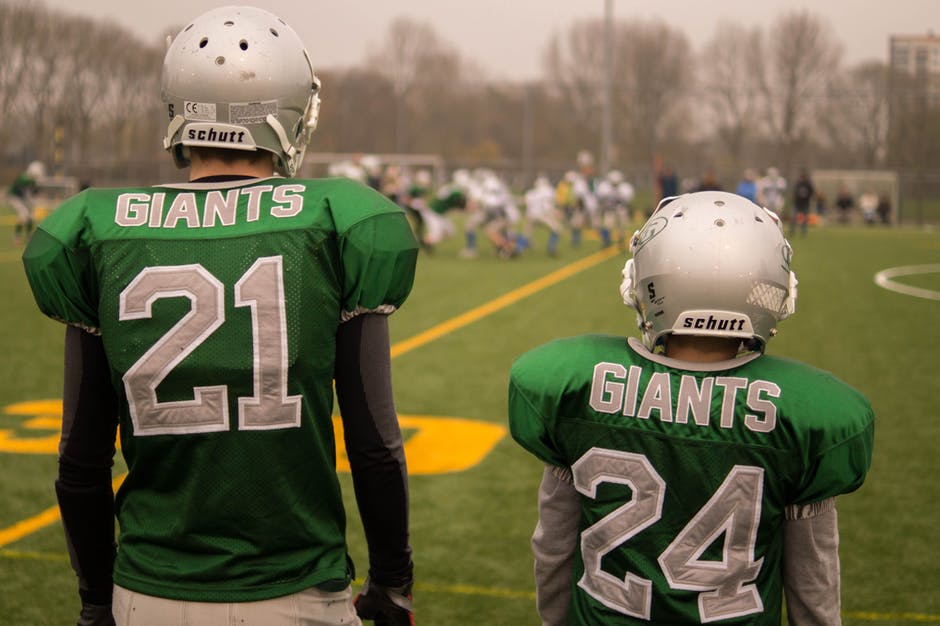Speed is often expressed as the product of stride frequency and stride length. In other words, speed = sf x sl. Stride frequency is basically the number of strides and athlete takes in a period of time. Stride length is the length of those strides. The idea being that if an athlete moves their limbs more quickly and covers a longer distance with each stride then they will be able to arrive somewhere faster.
Stride length is something that an athlete can improve to potentially improve their sprinting speed. There two primary tools to help us do this:
- Mobility exercises
- Stride length drills
Mobility Exercises
Mobility exercises increase the athlete’s ability to move their joint through its full range-of-motion. This is different than a static flexibility exercise that involves stretching a muscle and maintaining that position for a period of time. Mobility exercises have other benefits as well; they help warm-up the athlete, they develop some strength and endurance, they teach balance and proprioception, and they can be used to reinforce certain aspects of the sprinting motion. Mobility exercises that can specifically be used to help with stride length include leg swings, drills focused on the hamstrings (like inchworms and marches), and various lunges. Some form of these exercises should be incorporated into a speed training warm-up for sets of 10-20 yards. For example:
400 meter jog
Walk on toes, 20 yards
Walk on heels, 20 yards
March, 2×20 yards
Inchworms, 2×20 yards
Leg swings (forwards, backwards, sideway to side), 1×20 each leg
Lunges, 2×20 yards
Then perform sprinting technique drills to finish out the warm-up
Stride Length Drills
These are drills that are designed to get the athlete used to running at a greater stride length. Normally these drills consist of a 20-40 yard run-up (so the athlete is close to top speed). After that run-up, a visual cue is placed on the ground to tell the athlete where to step. This cue might be a miniature hurdle, a cone, a tennis ball, a pencil, anything that alerts the athlete. This drill would normally be run for 10-20 yards after the run-up and then repeated three to five times.
With track and field athletes, these distances are determined very precisely. This is not necessary with the athletes in other sports. When I’m working with younger athletes, I like to use the mini hurdles as a visual cue. I’ll separate them into three groups based upon their size. For young athletes, after that 20 yard run-up, I’ll have three groups. The table below shows where each hurdle will be positioned for each group:
| Group 1 | Group 2 | Group 3 | |
| Start line (first hurdle) | 20 yard line (60 feet) | 20 yard line (60 feet) | 20 yard line (60 feet) |
| Second hurdle | 64 feet | 65 feet | 66 feet |
| Third hurdle | 69 feet | 71 feet | 73 feet |
| Fourth hurdle | 75 feet | 78 feet | 81 feet |
For each group, the distance between the hurdles increases with each subsequent hurdle. This will be done for three or four hurdles, then any subsequent hurdles will maintain the distance (so in the table above the hurdles may remain 6, 7, and 8 feet apart after the fourth hurdle depending upon the group).
Now, there is a caution for stride length drills. More is not better. If stride length is too long, then the athlete brakes while they run and they spend too much time on the ground. In other words the drill can develop bad habits and be counter-productive to speed development.
How can we determine when the distances are too great? If the athlete is leaning backwards while they run, then they are overstriding and the distances need to be shortened.



3 thoughts on “Increase Stride Length to Increase Speed”
Should there be stride length issues unless there are and underlying physical issues? Low back, hamstirngs, hip flex-ors,etc?
I think those can certainly limit things. I also think this is extremely trainable, especially for a certain type and level of athlete. One who has been sprinting for a very long time and has mature technique probably won’t get much from it, but younger athletes (through college) would benefit (my opinion). This is one of those things you have to learn how to do. And, if nothing else, makes a great finish to the warm-up.
My concern about stride length is over striding and reduce ground forced production !
Comments are closed.